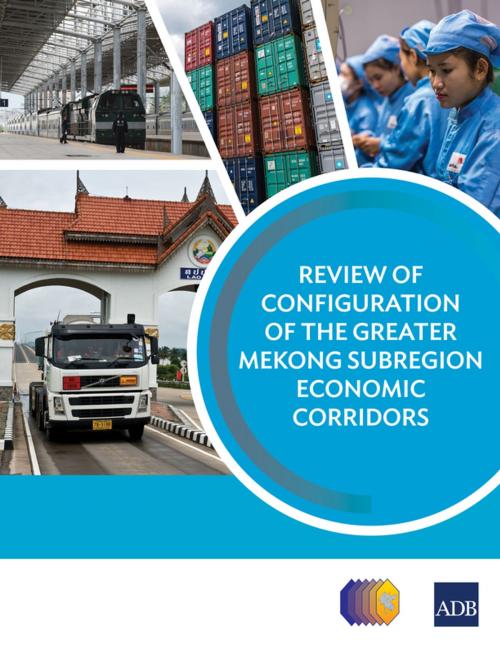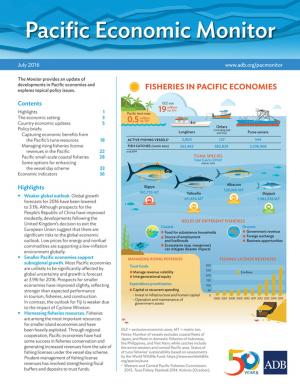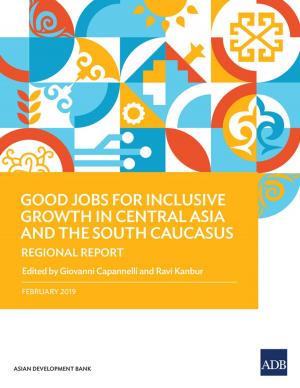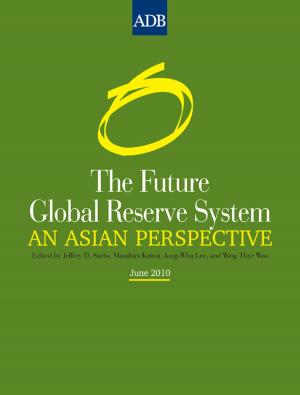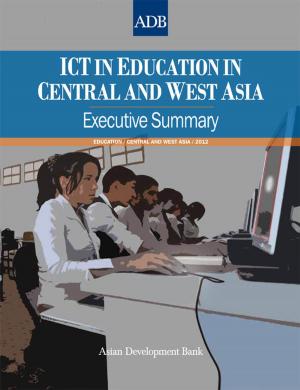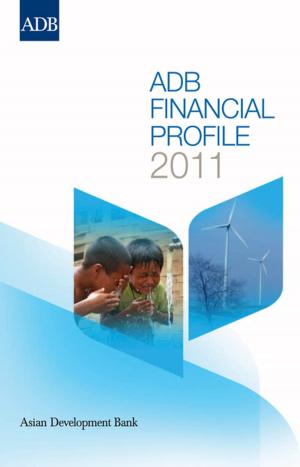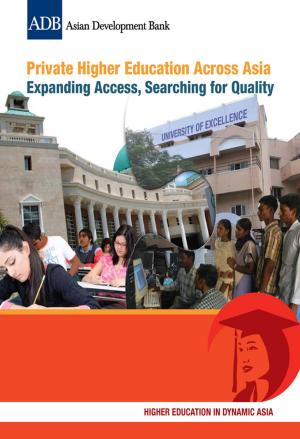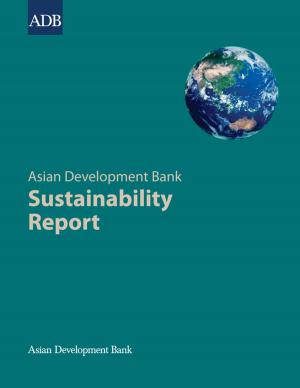Review of Configuration of the Greater Mekong Subregion Economic Corridors
Nonfiction, Social & Cultural Studies, Political Science, Politics, Regional Planning, Business & Finance, Marketing & Sales, Commerce| Author: | Asian Development Bank | ISBN: | 9789292610470 |
| Publisher: | Asian Development Bank | Publication: | February 1, 2018 |
| Imprint: | Asian Development Bank | Language: | English |
| Author: | Asian Development Bank |
| ISBN: | 9789292610470 |
| Publisher: | Asian Development Bank |
| Publication: | February 1, 2018 |
| Imprint: | Asian Development Bank |
| Language: | English |
The economic corridor approach was adopted by the Greater Mekong Subregion (GMS) countries in 1998 to help accelerate subregional development. The development of economic corridors links production, trade, and infrastructure within a specific geographic area. The review of these corridors was conducted to take into account the opening up of Myanmar and ensure that there is a close match between corridor routes and trade flows; GMS capitals and major urban centers are connected to each other; and the corridors are linked with maritime gateways. The review came up with recommendations for possible extension and/or realignment of the corridors, and adoption of a classification system for corridor development. The GMS Ministers endorsed the recommendations of the study at the 21st GMS Ministerial Conference in Thailand in 2016.
The economic corridor approach was adopted by the Greater Mekong Subregion (GMS) countries in 1998 to help accelerate subregional development. The development of economic corridors links production, trade, and infrastructure within a specific geographic area. The review of these corridors was conducted to take into account the opening up of Myanmar and ensure that there is a close match between corridor routes and trade flows; GMS capitals and major urban centers are connected to each other; and the corridors are linked with maritime gateways. The review came up with recommendations for possible extension and/or realignment of the corridors, and adoption of a classification system for corridor development. The GMS Ministers endorsed the recommendations of the study at the 21st GMS Ministerial Conference in Thailand in 2016.
